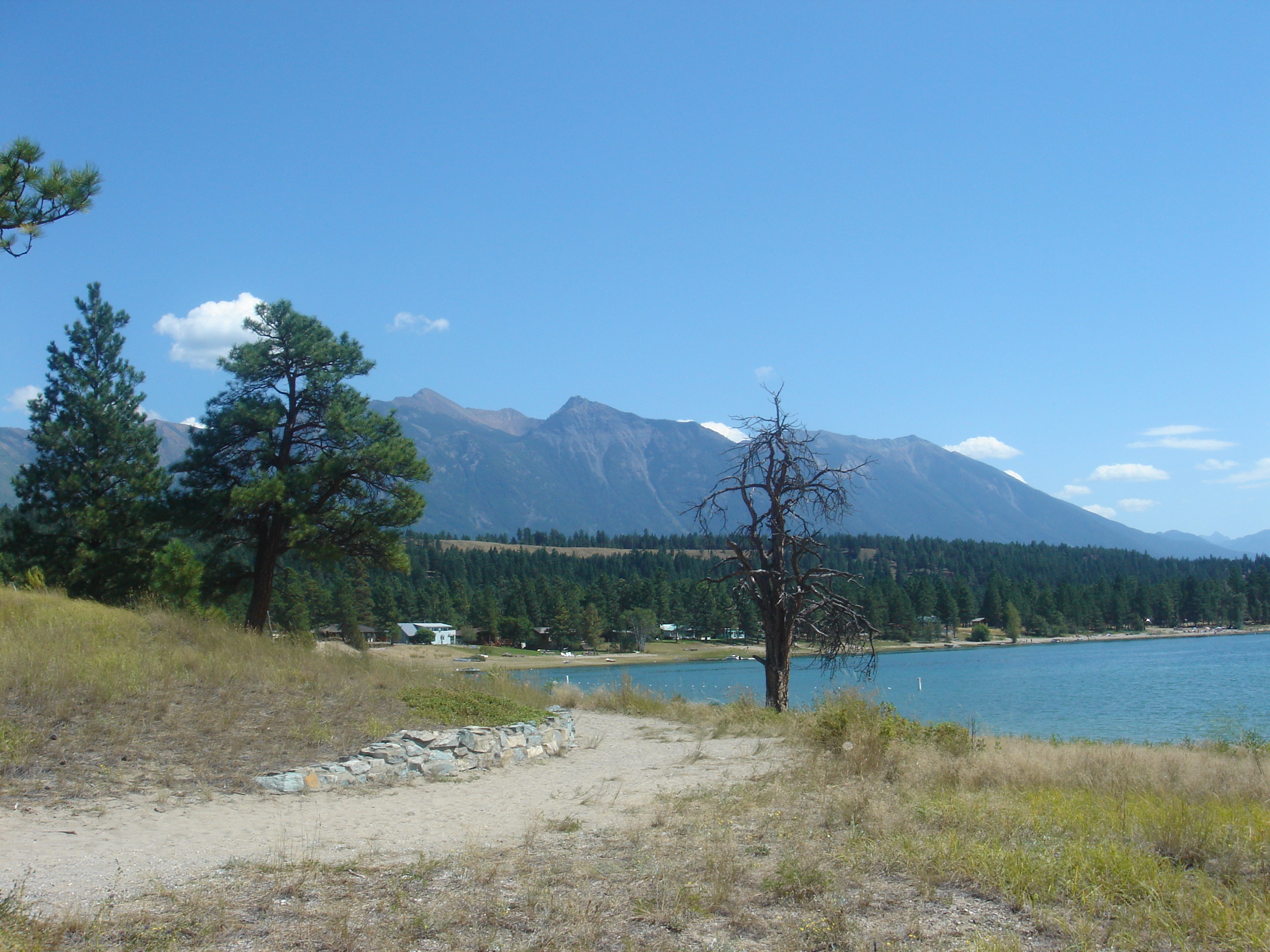
I didn’t grow up there, but there is something deeply homey and comforting about visiting. For as long as I can remember, my Auntie Shauna has either lived there, or is plotting to return. Visit, and it is easy to see why. It is where she spent her formative years, where she is from, and where she is still strongly connected to the land, lake, and the people. Shauna’s place is one of the few structural constants I’ve had since I was old enough to know place.
We moved a few times within my hometown, Red Deer, each time seemingly marking a family milestone. My parents separating. My father’s death. A Remarriage. Another divorce. By the latter two, I was out of the house and off to university, never to return full-time to my hometown.
I didn't develop that sense of security that I could fully unpack and feel “home” or settled. I quickly learned that attachment to a place, especially a physical house, was futile. Even when we were in one place for a while, our house was rarely our own. We shared it with a courier business, and later parts of another family after my mother remarried.
I never felt that feeling of home in a house, yet I still feel intrinsically tied to the prairies. To a larger landscape. I have been grappling with sense of place, and how and if one can truly belong in a greater geography.
On the grander scale, I am vehemently a proud product of the prairies even though I am not tethered to my hometown. I have always felt at ease on, and connected to, the prairies. My current town of Dawson Creek is embedded in such similar and familiar physical surroundings as central Alberta.
Both are characterized by extremes: harsh winters, chilling winds, long winter nights, short summer nights, and wide open skies. Those wide open skies that display winter’s misleadingly blue skies when the thermometer flirts with 40 below; the skies that build epic summer thunderstorms, then release intensely and move on; the skies that shine and support diverse primary industry - Central Alberta and northeastern BC as working landscapes rather than wilderness.
 Wasa sits midway in the geographic expanse of my childhood, bookended by Red Deer and the Sunshine Coast. It makes me deeply homesick for a place that isn’t my home.
Wasa sits midway in the geographic expanse of my childhood, bookended by Red Deer and the Sunshine Coast. It makes me deeply homesick for a place that isn’t my home. Shauna's log cabin with the red tin roof, roomy front porch, dodgy wiring, and windows some brave Alaskan vagabond chainsawed out of solid log walls. I can’t remember which relative pointed out the white building, the old Wild Horse Lookout, poised on the mountainside, but from the northernmost beach, I still look for it and am relieved that it’s there. Even though I have yet to hike up to it.
In my memory, little has changed since I was young. Except the septic system has gotten worse. Guests now must dutifully trot down to the provincial park’s long drop toilets to poop, and sneak into the campgrounds to use the newly installed solar showers.
These minor inconveniences pale in the effort to get to Wasa. Now I am now a 12-hour-no-stops drive away. And it’s in the same province where I live. It takes more planning, more time off, more money to get there. I suppose it always took effort, but as a child I was immune to the work my parents, and later only my mother, put in to going somewhere. To leaving.
And yet, it’s always been worth it. Even against the backdrop of family drama and veiled conversations it’s a place to exhale, recharge, and take in the interesting objects and stories from Shauna’s life of social justice, travel, and activism. At Wasa, the furniture is worn and comfortable, and invites lingering and conversation.
Perhaps it’s the simple act of returning to somewhere cozy and familiar that I find so reassuring. Going to Wasa is revisiting an effortless and a deeply happy part of my childhood.
And I love how that feels.
No comments:
Post a Comment